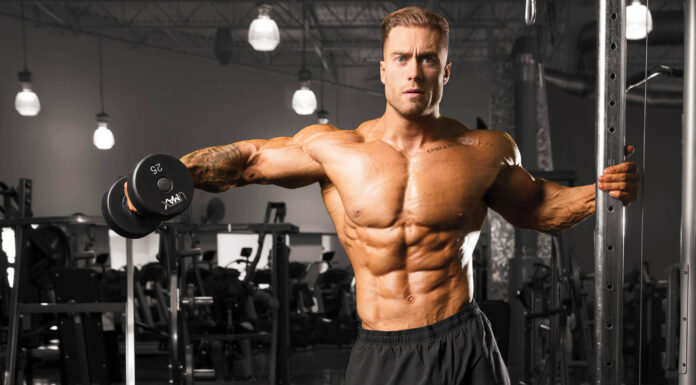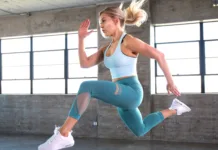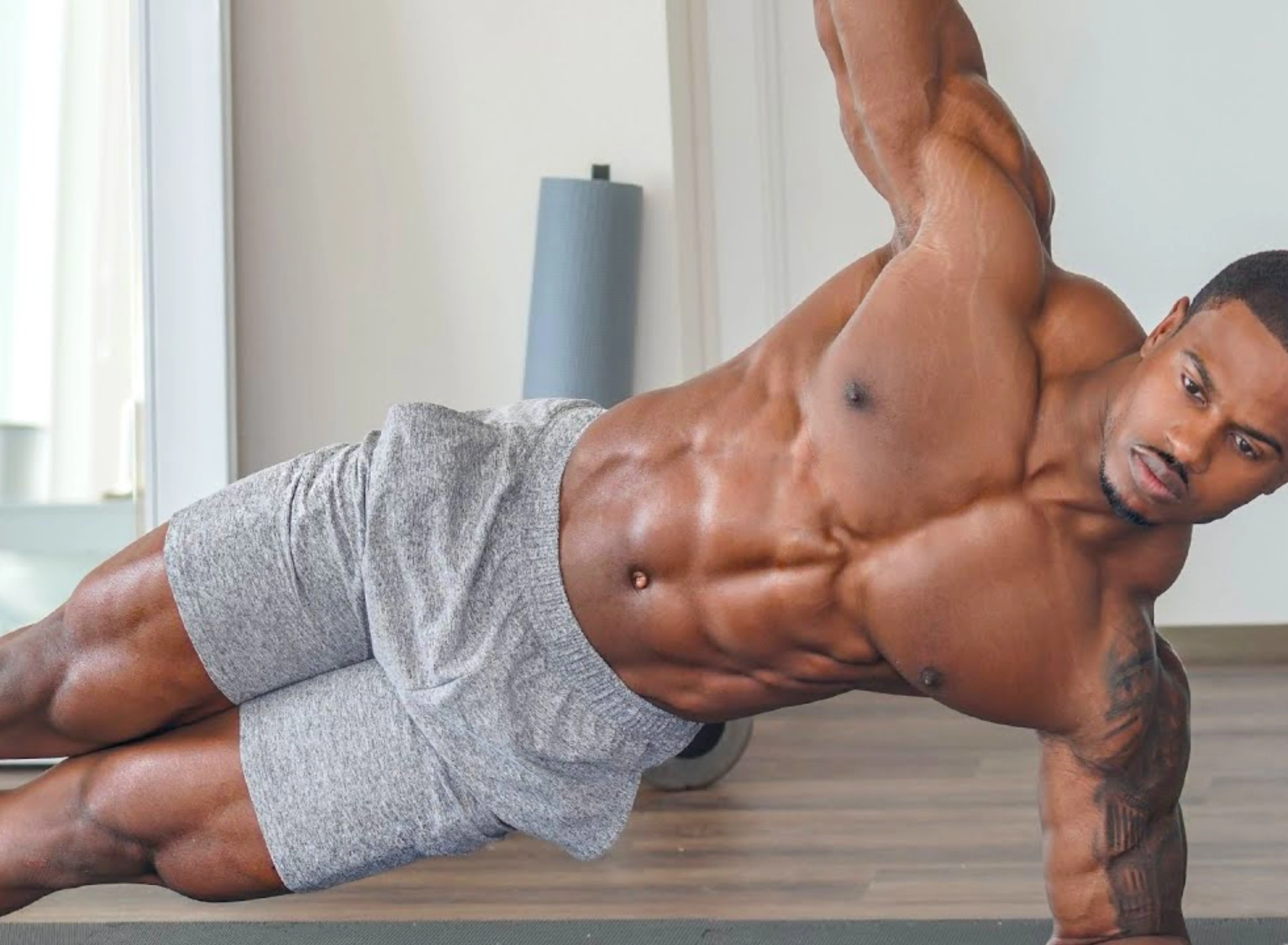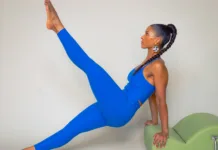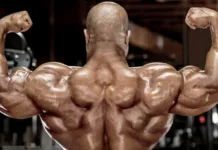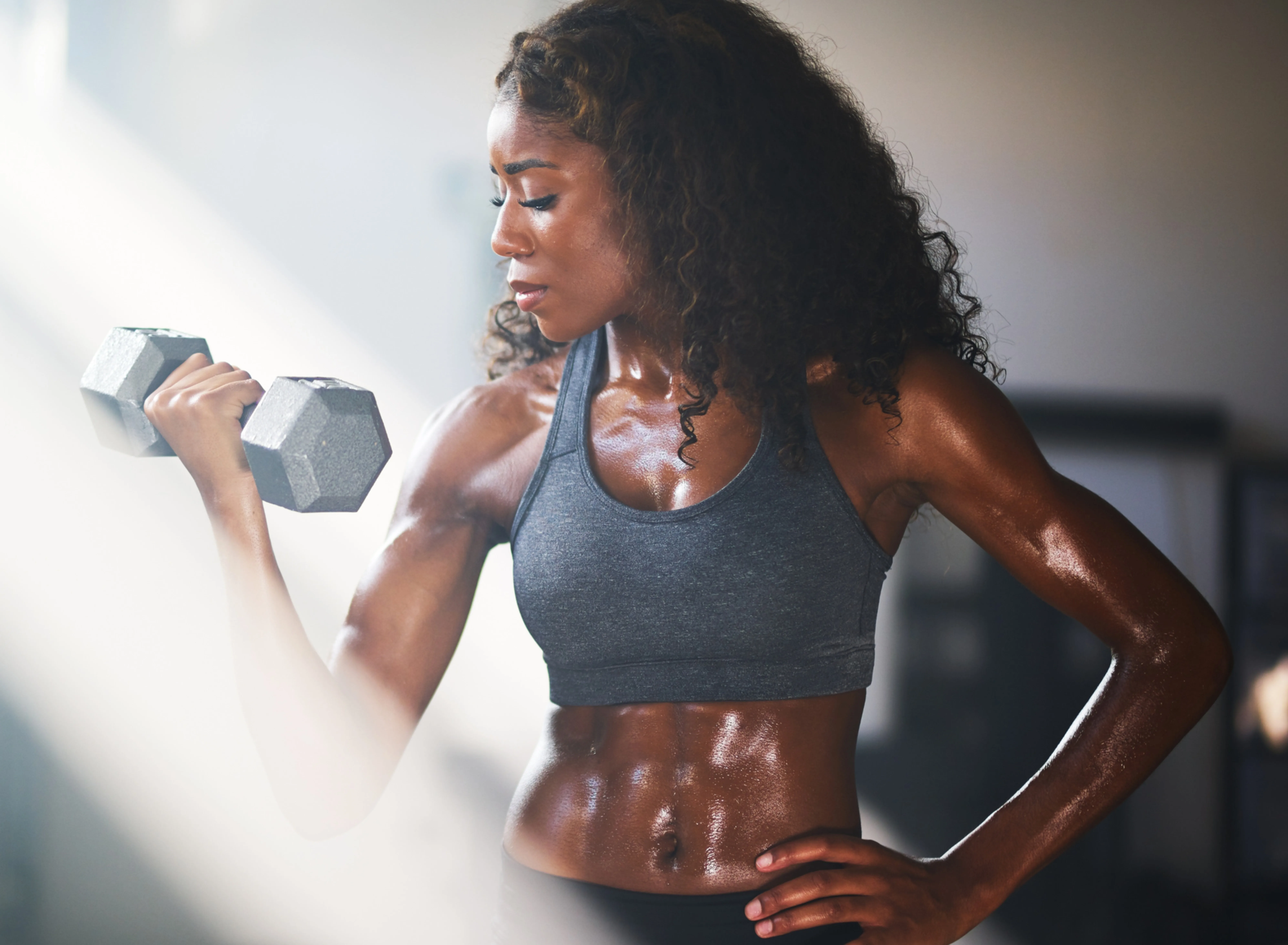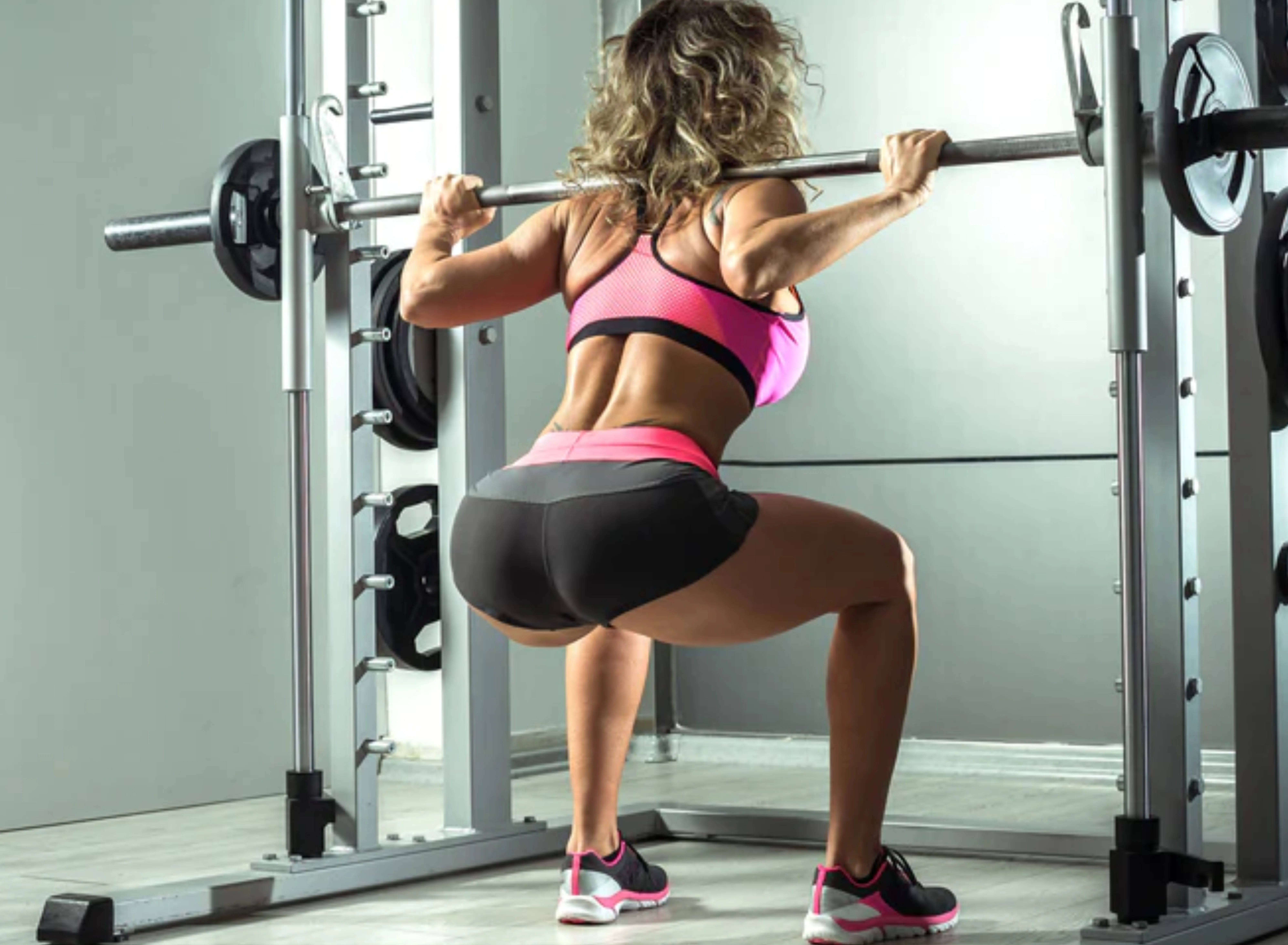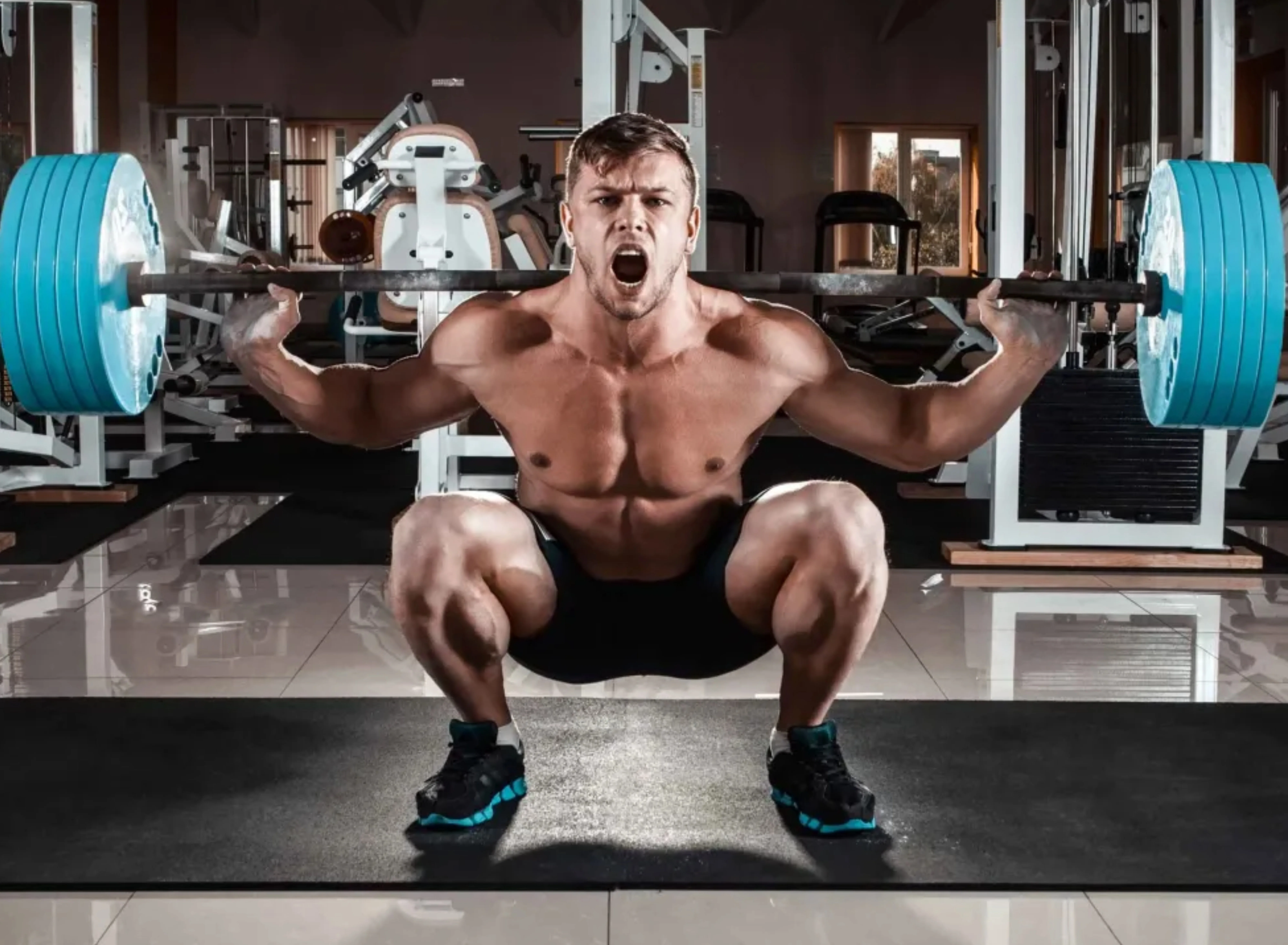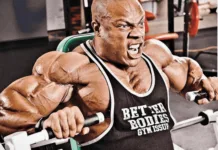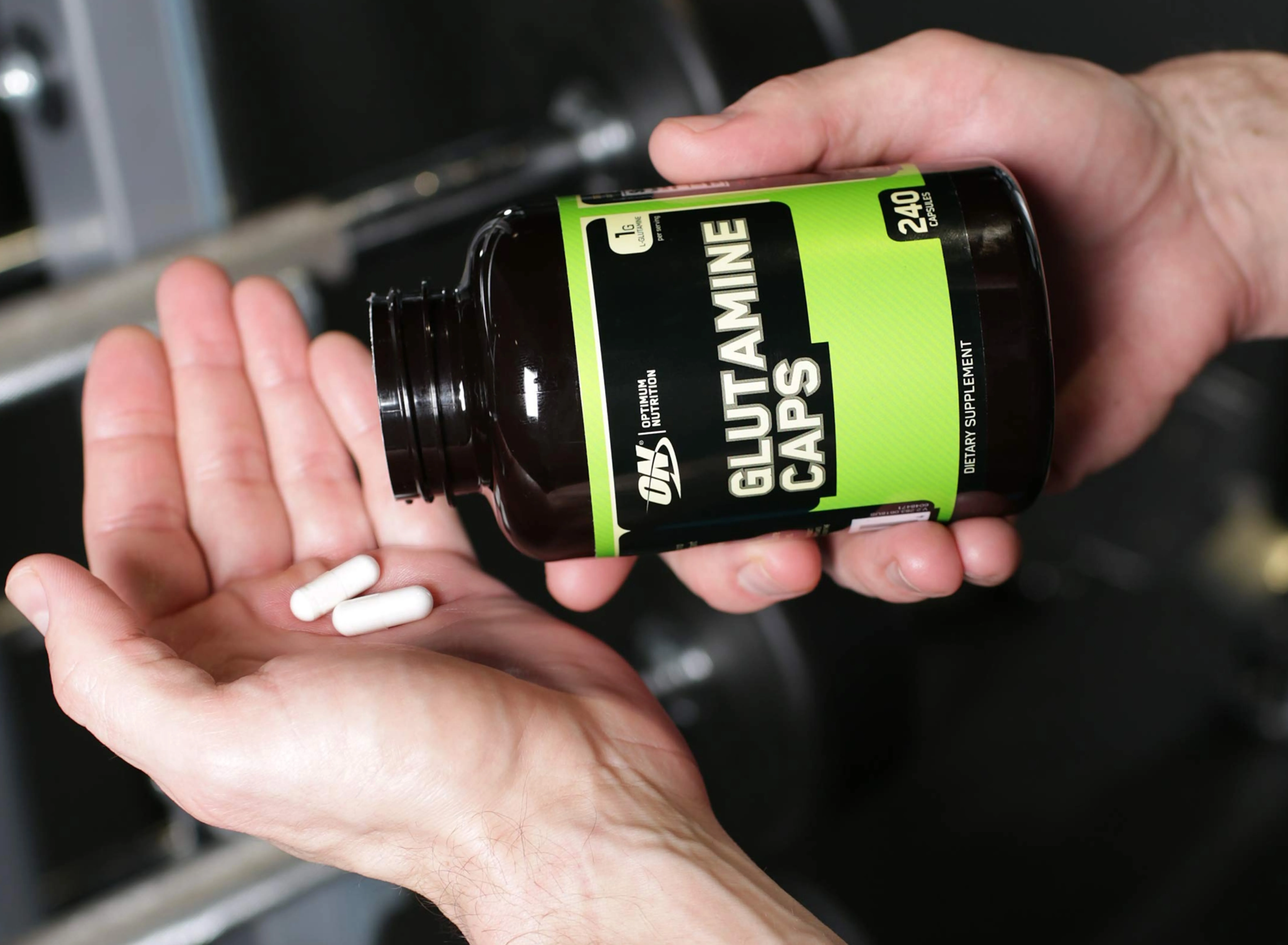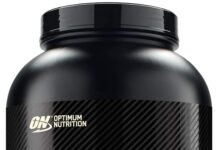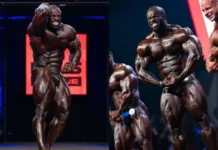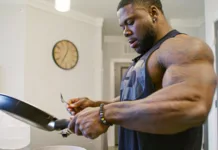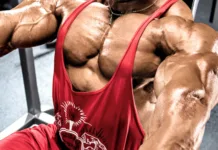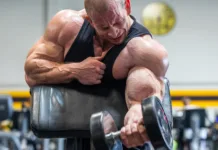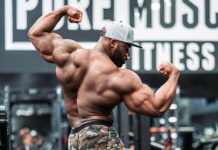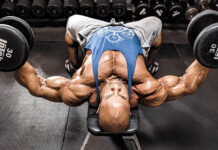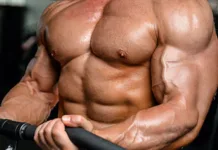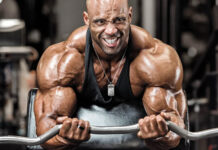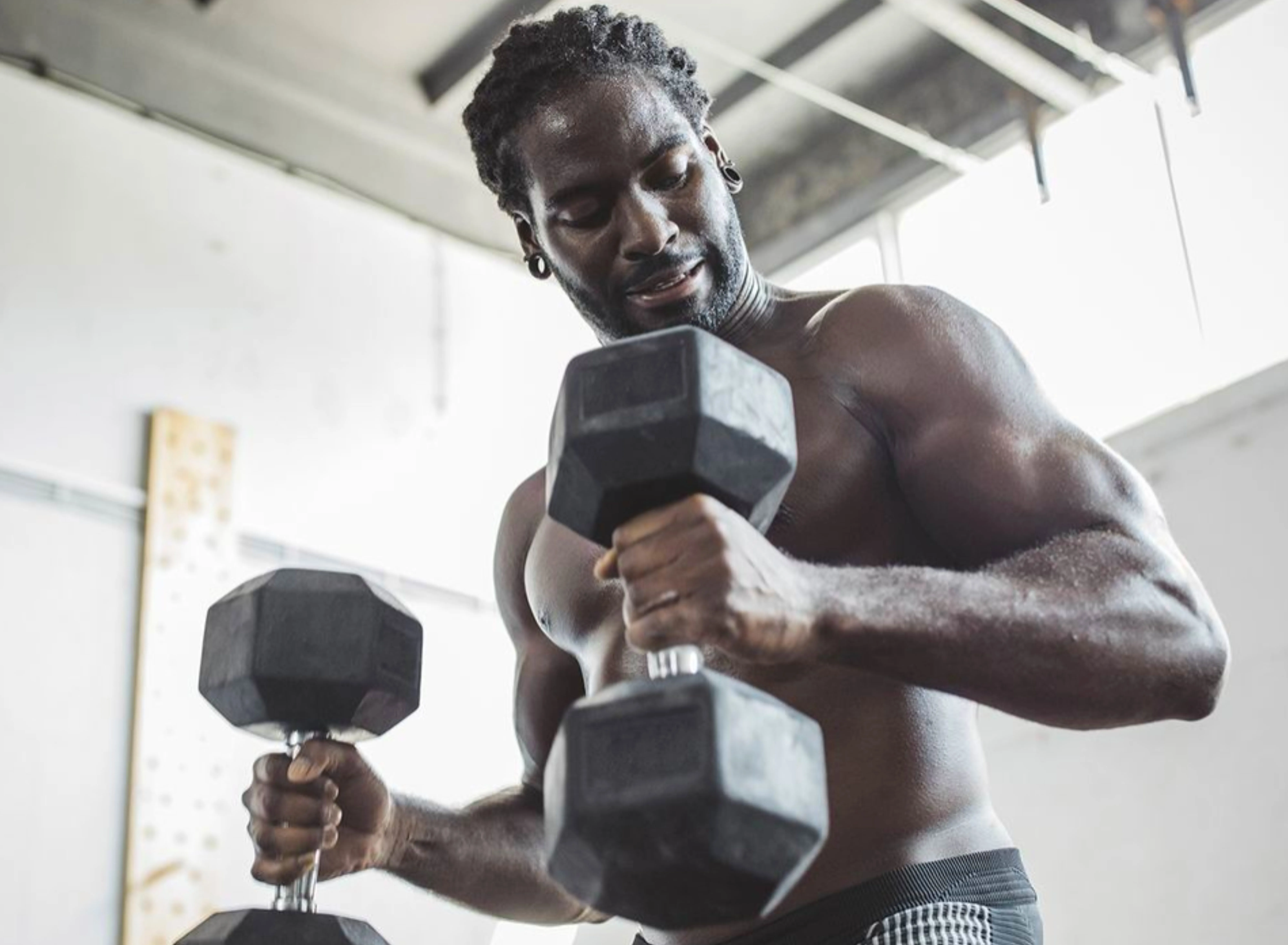The best shoulder workouts of all time you can perform, hit your deltoids, upper trapezius, serratus anterior, rotator cuff muscles, and levator scapulae to truly build three-dimensional shoulders. Aside from strengthening your upper body muscles and the bones beneath them, you’ll safeguard your body against injury and, let’s face it, create the ultimate aesthetic too.
Overhead pressing and lateral raises can only do so much to build strong, functional shoulders—although they’re definitely in the top tier of muscle-building moves. Traveling or training outside of a gym? We’ve included some of the top shoulder workouts for men to do at home, as well as some machine-centric exercises.
These nine best exercises for wider shoulders are a great addition to your training if your aim is not only to grow your shoulders but also to get a V-taper upper body.
This shape, where the shoulders are visibly wider than the hips, should not be too hard to achieve if you add the right exercises into your training.
Max Posternak, behind the YouTube channel Gravity Transformation, goes over his best exercises for wider shoulders and includes training techniques on how to incorporate them into your routine to make your upper body bigger.
9 Best Exercises for Wider Shoulders
Before you try the exercises, remember that the shoulder has got three heads: anterior, lateral, and posterior. If you want to achieve shoulder width, you’ll want to primarily target the middle and back of the shoulder as many compound exercises you’re likely doing – such as the bench press – already target the front head.
- Save up to 70% on Vitamins & Supplements at eVitamins.com!
- A1Supplements.com – America’s Favorite Supplement Store.
- Lateral Raise
- Bent-Over Reverse Cable Fly
- Bent Arm Lateral Raise
- Reverse Dumbbell Fly
- Leaning Lateral Raise
- High Cable Reverse Fly
- Cable Lateral Raise (Straddle)
- Cable Crossover Lateral Raise
- Incline Lateral Raise
Lateral Raise
Lean slightly forward to target the middle head of the shoulder
Bent-Over Reverse Cable Fly
This exercise targets the posterior head of the shoulder
Bent Arm Lateral Raise
This exercise has many of the same benefits as the barbell row.
Reverse Dumbbell Fly
Make sure you keep your chest up and shoulder blades back to protect your lower back. The more you bent forward, the more you’ll isolate the posterior shoulder head.
Leaning Lateral Raise
This is one of the best exercises for wider shoulders as it helps work the body part in a way that’s just not possible with regular lateral raises.
High Cable Reverse Fly
This is a great exercise for the back of the shoulders.
Cable Lateral Raise (Straddle)
Place the cable between your legs to target the middle and back part of your shoulder more.
Cable Crossover Lateral Raise
Similar to the cable crossover, this variation doesn’t target the chest but the shoulders.
Incline Lateral Raise
Use a bench set at an incline between 60 and 70 degrees.
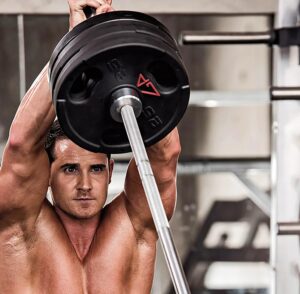
Add these exercises to your workouts
These 9 exercises for wider shoulders will provide you with at least two workouts that you can then add to your training routine.
Choose between 4 and 5 exercises, using a challenging weight, and perform 3 sets of around 10 reps of each exercise per set.
If you want more shoulder exercises, add the Dumbbell Shoulder Press, Arnold Press, or Military Press to your training.
Read more: The 8 Best Exercises for a Wider Back
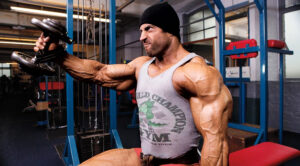
- A1Supplements.com – Lose Fat, Gain Muscle!
- $5.95 Ground Shipping On Any Purchase In The US! – Shop Now!
- Check out our new Strength & Lean Muscle Stack!
- Check out our new Cardio Burn Stack!
- Check out our new Complete Detox & Cleanse Stack!
